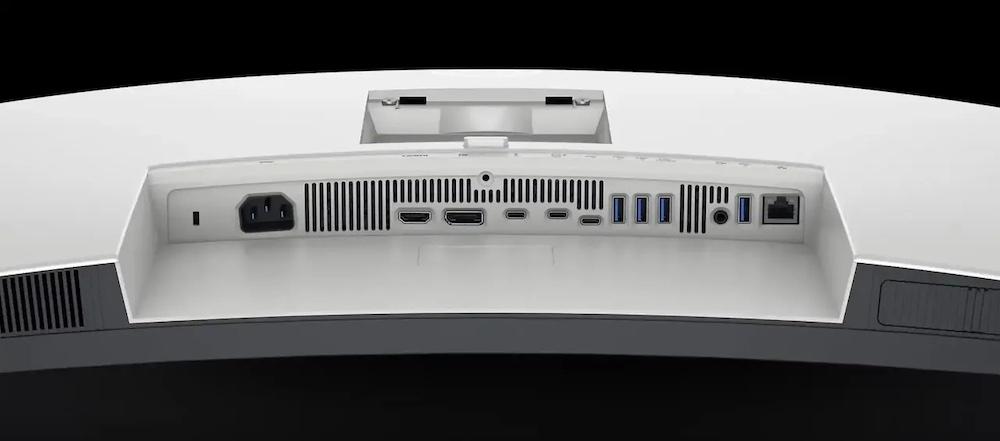When buying a monitor, whether for playing or working, we can find a large number of models on the market to satisfy all needs, from the most basic to the most demanding. Most monitors have several video input ports, and I’m sure many of you have wondered if you can use both inputs at the same time with the same PC… well, we are going to answer this question below.
Most monitors focused on using office applications include a HDMI port. Others, furthermore, also a VGA port (a disused port that some manufacturers continue to rely on).
Where there is a greater number of connectivity options is in the monitors focused on gaming users. These monitors usually include one or two HDMI ports, one or two DisplayPort ports and some even continue to use the DVI port.
Many users do not quite understand why some manufacturers offer so many connectivity options on their monitors when they are really only going to use one. That is true in most cases, however, it is not always the case.

Connect one monitor to two PCs
When we want to use a monitor, keyboard and mouse with different PCs, what many users do is buy a KVM (Keyboard, Video and Mouse) to which all peripherals are connected including the monitor
With a simple button, the user can use the monitor, keyboard and mouse with another PC without having to disconnect and connect anything. While it is true that it is an excellent method to use the same peripherals with multiple PCs, it is not the best option for all users.
Some users want to use the same monitor, but with different keyboards and mice. This is where it makes sense for a monitor to have multiple video inputs. This allows multiple PCs to be connected to a single monitor.
Manufacturers that include various connectivity options allow users to select which input type You must show the PC at all times through the configuration menus.

Others, such as the Philips range of professional monitors, include a dedicated button to switch between the different video inputs quickly. This manufacturer also allows you to use a keyboard shortcut to switch between the different input sources without having to take your hands off the keyboard.
To switch between the different video inputs that a monitor can have, it is not necessary to turn it off. There is also no need turn off the PC. If the monitor shows that it has a video input available it will automatically display it.
Some monitors, like the Philips ones that I mentioned as an example, are even designed to include the function that the KVM does. This feature is especially useful when space for multiple computers does not allow for more than one monitor.
PC towers are not a problem since they are generally placed on the floor, without taking up space on the table. Monitors that include more than one video input are not more expensive than traditional ones and the reason for doing so is that depending on the graphics card, the HDMI port is limited in the number of FPS it is capable of displaying.










